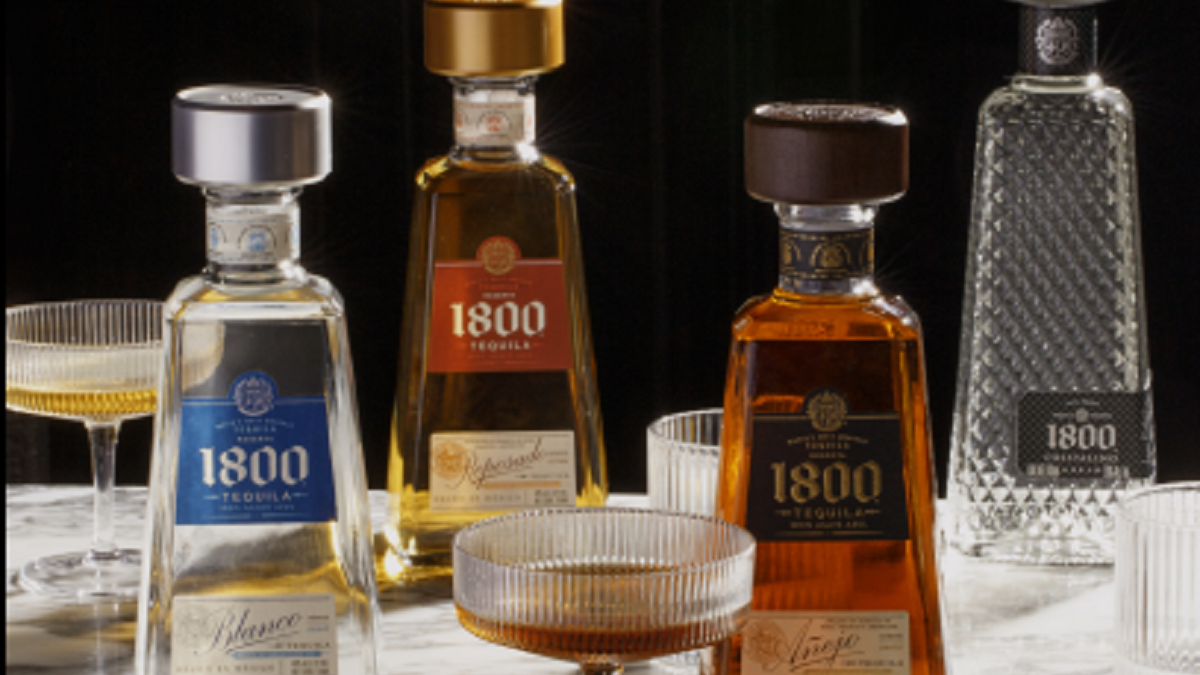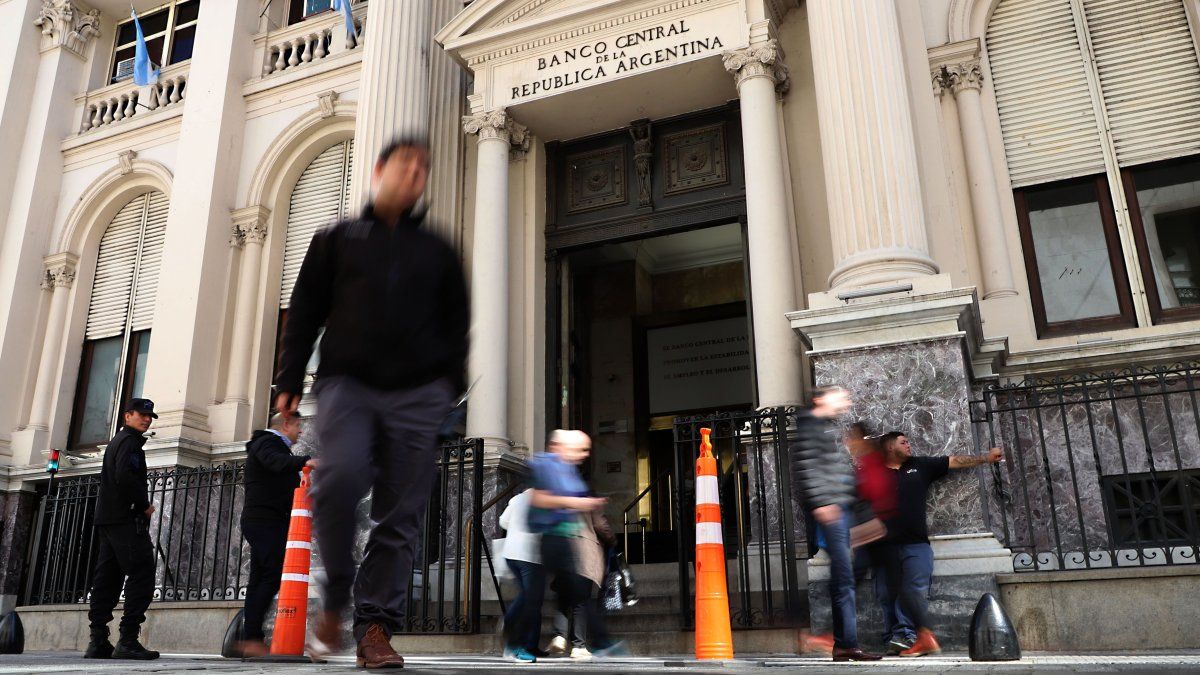As the oldest tequila brand in the world, José Cuervo managed to carve out an unparalleled history thanks to three fundamental principles: exceptional quality, diversity of tastes and innovation.
The starting point of the brand can be traced back to 1758, when the King of Spain, Ferdinand VI, granted José Antonio de Cuervo y Valdés a land title to plant agave on his land and produce tequila. From then on, his path was filled with milestones. José Cuervo was the first brand to bottle tequila individually, which is made in the oldest distillery in Latin America. Currently, it is the best-selling tequila brand in the world. In Argentina, meanwhile, according to data from IWSR José Cuervo has led the tequila category since 2020, capturing 53% of the market.
Tequila 1800 Cristalino: quality and versatility
The 1800 Cristalino Tequila process is an example of dedication to excellence. Aging occurs in American and French oak barrels. Then, it adds a particular seal with the passage of barrels previously used to store Port, and finally goes through a selective extraction process that turns the first aged tequila in history into an exceptional crystalline. Thus, it maintains the aromas of a great vintage without the color that the wood provides.
The nose presents notes of cooked agave, dulce de leche, raisined black fruits, vanilla and spices. Its flavor is slightly sweet and unctuous in the mouth, with a finish that leaves sweet memories of red fruits, jams and cooked agave. It is ideal to accompany fresh, seasoned and slightly spicy dishes.
Tequila 1800 Cristalino is bottled in the pyramidal decanter that is the symbol of the brand. Its shape pays homage to the Aztec ancestors who began working with agave, recalling the shape of the pyramids that can be found in different parts of the Mexican territory such as Tulum and Chichen Itzá.
The ribbon that wraps the neck of the bottle describes the detail of the Tequila 1800 production process, from the selection of the agaves to the distillation. The decanter also features several symbols: the 1800 coat of arms represents the brand’s values; The Cruz de Ánimas embodies the search to preserve and promote Mexican traditions; and the initials JB mark the bottle in honor of Juan Beckmann Vidal, founder of 1800.
Tequila 1800 Cristalino has been internationally recognized with gold and double gold medals in the most important competitions in the industry. Among others, it received the top prize at the World Tequila Awards, the New York International Spirits Competition, the San Francisco World Spirits Competition and the Sip Awards international Spirits Competition.
The Tequila 1800 portfolio is completed with its Blanco, Reposado and Añejo tequilas.
From the agave to the bottle
To talk about tequila it is necessary to talk about its raw material: the agave plant. In Mexico there are more than 200 varieties, but only one of them is used to make José Cuervo tequila: the blue agave.
The agave plant takes between 6 and 10 years to mature, thus obtaining enough sugars to make a good tequila. That’s when harvest time comes. The jimador, in charge of this task, is a very important part of the tequila process since he is not only in charge of the harvest but also of the planting, selection, pruning and care of the plants.
raven3.jpg
To harvest the agave, its leaves are removed until you reach the heart or pineapple. Once the piñas are obtained, they are transported to the distillery where they are steamed in adobe and brick ovens, a process in which the agave starches are transformed into sugars.
After cooking, the agave is crushed and pressed to obtain its juices, which are fermented in stainless steel tanks. Once fermentation is complete, the alcohol is distilled in stills. All tequila requires double distillation to obtain pure, clean alcohol.
The tequila obtained is finally diluted with distilled water to lower its alcohol content. It can be either directly bottled as white tequila or aged in wooden barrels.
The barrel as the protagonist
During the ’70s, distillates with a lot of barrel aging dominated the international scene. Whiskey, brandy and cognac were symbols of prestige and status. And it was then that Juan Beckmann Vidal, the visionary businessman in charge of the José Cuervo empire at that time, dreamed that the same thing would happen with tequila.
That was the starting point of 1800 Anejo, the first aged tequila in history. With it, Beckmann Vidal founded a new category that managed to demonstrate that the quality of tequila can be as vast as it is versatile.
Beckmann Vidal represents the tenth generation of a lineage of great tequila masters. Based on a tradition of more than 200 years, he forever transformed the tequila industry with Tequila 1800, in which every detail counts, from the selection of the agaves to their aging. Precisely, the name of the project pays tribute to the year in which tequilas began to use barrels for aging with the purpose of offering new aromas and flavors to the drink.
At Tequila 1800, the tequila master’s nose takes the lead role in selecting tequilas that will be assembled into the final product. In this way, a line of tequilas is obtained that, to date, has become the most awarded by international certified organizations and a testimony to the legacy that José Cuervo began to forge in 1758.
Source: Ambito
I’m a recent graduate of the University of Missouri with a degree in journalism. I started working as a news reporter for 24 Hours World about two years ago, and I’ve been writing articles ever since. My main focus is automotive news, but I’ve also written about politics, lifestyle, and entertainment.




